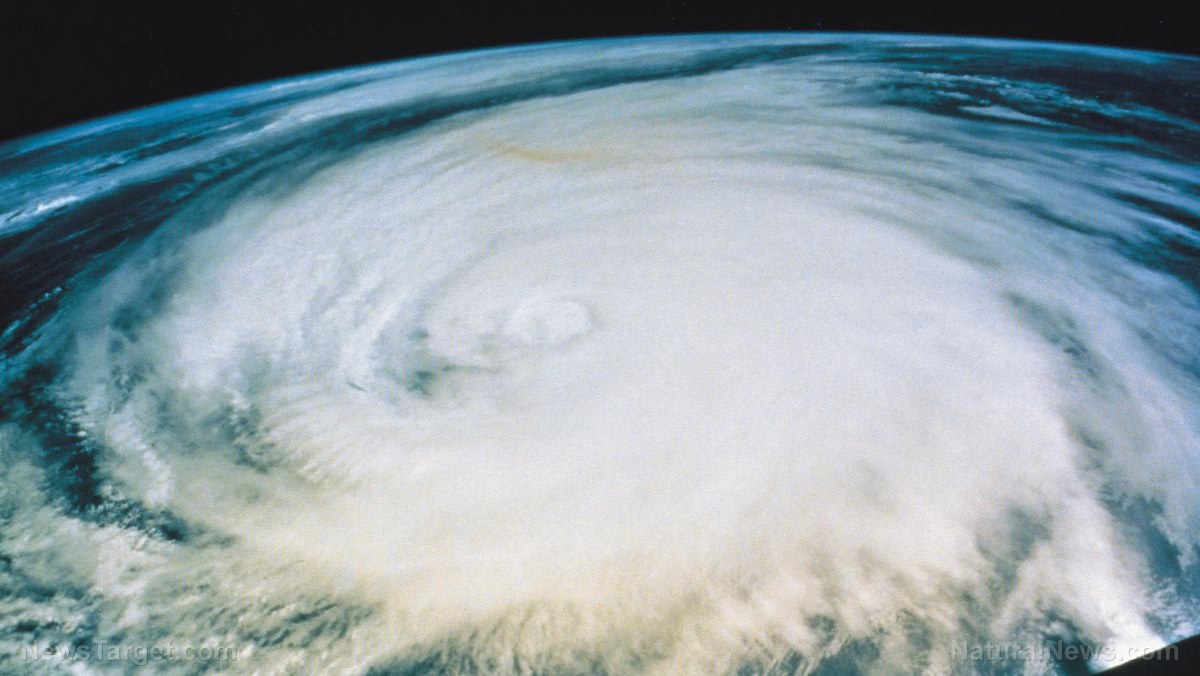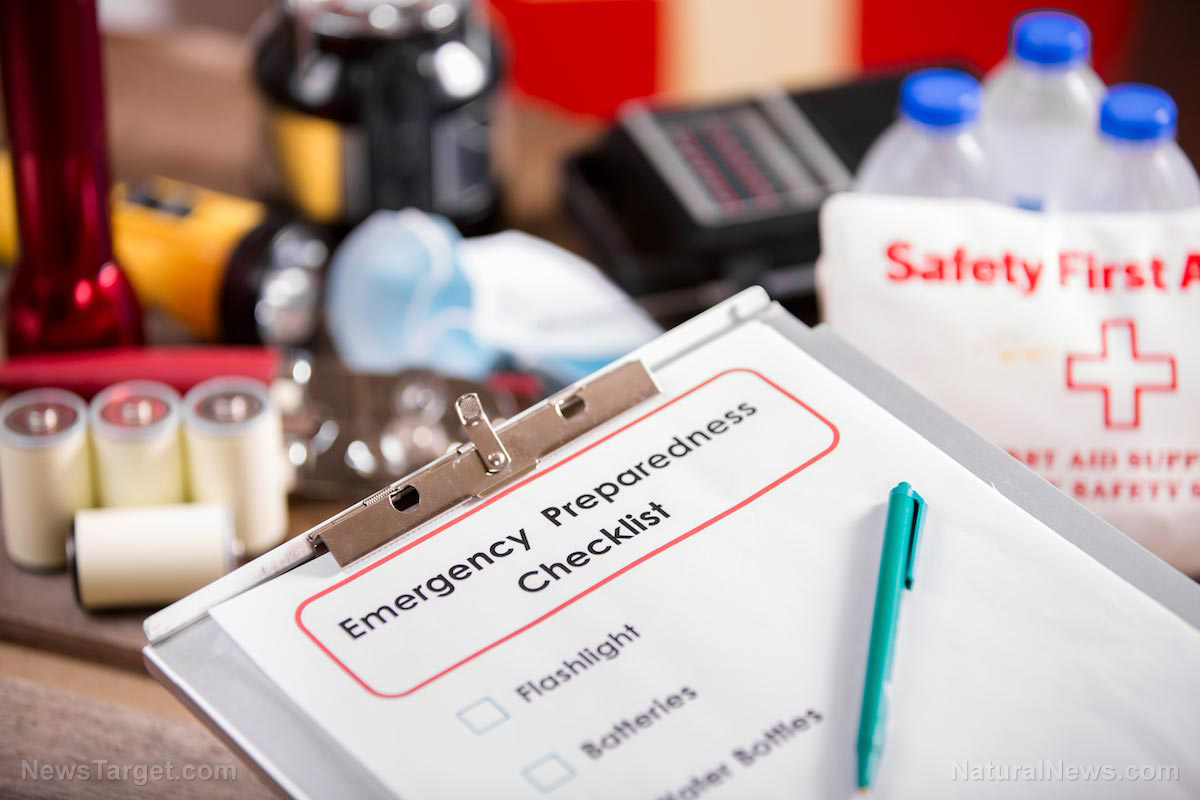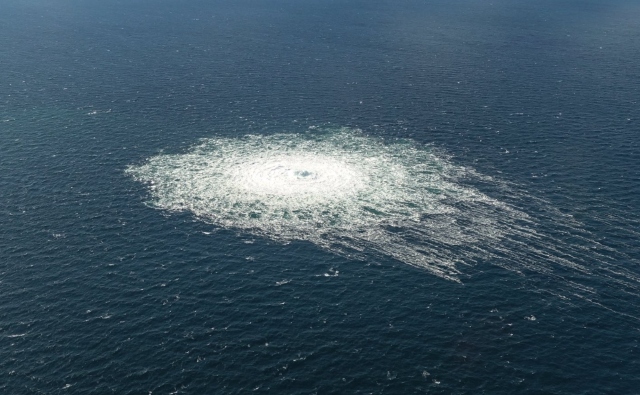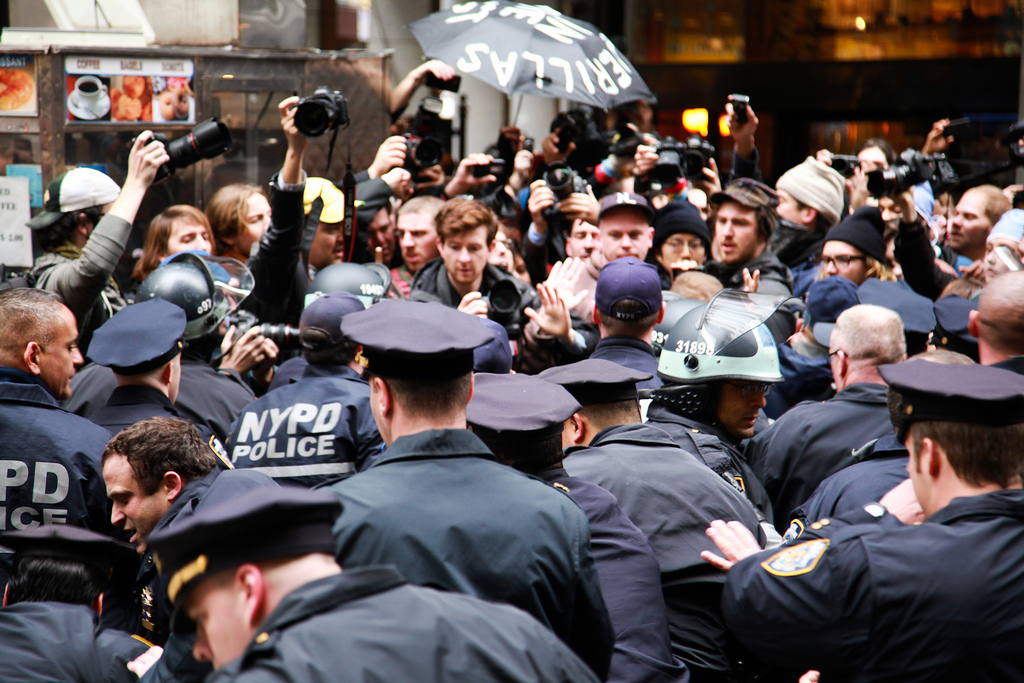Floridians would have faced nightmare scenario if electric vehicles were the norm: Analysis
10/03/2022 / By JD Heyes

An analysis that imagined what an evacuation in Florida ahead of the deadly, devastating Hurricane Ian would have looked like if most residents were driving electric vehicles is enough to horrify any rational person.
The hurricane, which slammed into the Gulf Coast of the Sunshine State on Wednesday near the Ft. Myers area, left in its wake massive damage, flooding and death. Fortunately for residents, GOP Gov. Ron DeSantis and state emergency officials warned them more than a week ago what a monster Ian was developing into and for those in the storm’s path to get out.
But had most residents been saddled with electric vehicles that are using current technologies and infrastructure, as bad as the hurricane was, the disaster would have been even greater.
Simply put, vast numbers of residents who would have tried to escape the storm would have likely been stranded on highways, out of power for their vehicles, and out of hope.
“It is fortunate that as of the current moment, electric vehicles constitute only about 100,000, out of nearly 8 million vehicles registered to drive on Florida’s roads. What if they all were electric, the (impractical) dream of greenies?” Thomas Lifton wrote.
He added:
Depending on how heavily loaded they were, even assuming everyone had a full battery charge, cars from southern Florida would start running out of juice after 100 – 250 miles. They would then have to spend hours at recharging stations, which would rapidly be clogged with other cars and trucks waiting their turn, since an electricity “fill up” can easily take an hour or more, as compared to a couple of minutes for gasoline. Cars waiting to be charged would spill onto the highways, potentially blocking traffic.

Those cars that ran out of juice on the highway would block traffic. Even assuming that emergency service vehicles could get to them (unlikely if the entire fleet were electric cars), towing a portable generator (powered by fossil fuels, of course) and recharging the stalled vehicles would take plenty of time, as well, further blocking traffic. The stranded cars would, of course, have no air conditioning, no wipers, no GPS.
The reality is, Lifton opined, highways would no doubt become nothing but long parking lots with passengers trapped wherever their EVs ran out of power. They would be exposed to the ravages of the storm as well as flooding from the storm surges and massive amounts of rain being dropped. There would be nowhere to escape.
“It is a nightmare scenario, and it is perfectly predictable. California and other states have already mandated a conversion to an all-electric vehicle fleet,” he added. “When natural disaster strikes and the fleet is electric vehicles, the disaster will be compounded if this mad scheme is carried through.”
The fact is, for the foreseeable future, electric vehicles are not going to be practical for any kind of long-distance travel. Despite the distances being advertised by the car companies of between 180-350 miles, the fact is most EVs will only go an average of 100 or so miles before needing to be recharged — which, again, will take a considerable amount of time. Think of your cell phone when you’re using it a lot: The more you text or the longer you video chat, the quicker the phone becomes drained of power. EVs will not be any different; playing a radio, using headlights, using wipers, and utilizing air conditioning or heating will drain power from the batteries far faster than those devices drain fuel tanks in cars with internal combustion engines.
The fact is, the globalist elite don’t care about “climate change,” they care about control, and that’s why they want everyone to drive an electric vehicle — they know we won’t be able to travel very far with one and they can keep us all corralled in easily controlled cities.
Lifton’s nightmare scenario of trying to escape a deadly storm should convince everyone to push back on this EV nonsense.
Sources include:
Submit a correction >>
Tagged Under:
chaos, disaster, electric vehicles, energy supply, evacuation, Florida, green nightmare, green tyranny, Hurricane Ian, nightmare, panic, SHTF, stranded
This article may contain statements that reflect the opinion of the author
RECENT NEWS & ARTICLES
COPYRIGHT © 2017 COLLAPSE.NEWS
All content posted on this site is protected under Free Speech. Collapse.news is not responsible for content written by contributing authors. The information on this site is provided for educational and entertainment purposes only. It is not intended as a substitute for professional advice of any kind. Collapse.news assumes no responsibility for the use or misuse of this material. All trademarks, registered trademarks and service marks mentioned on this site are the property of their respective owners.




















